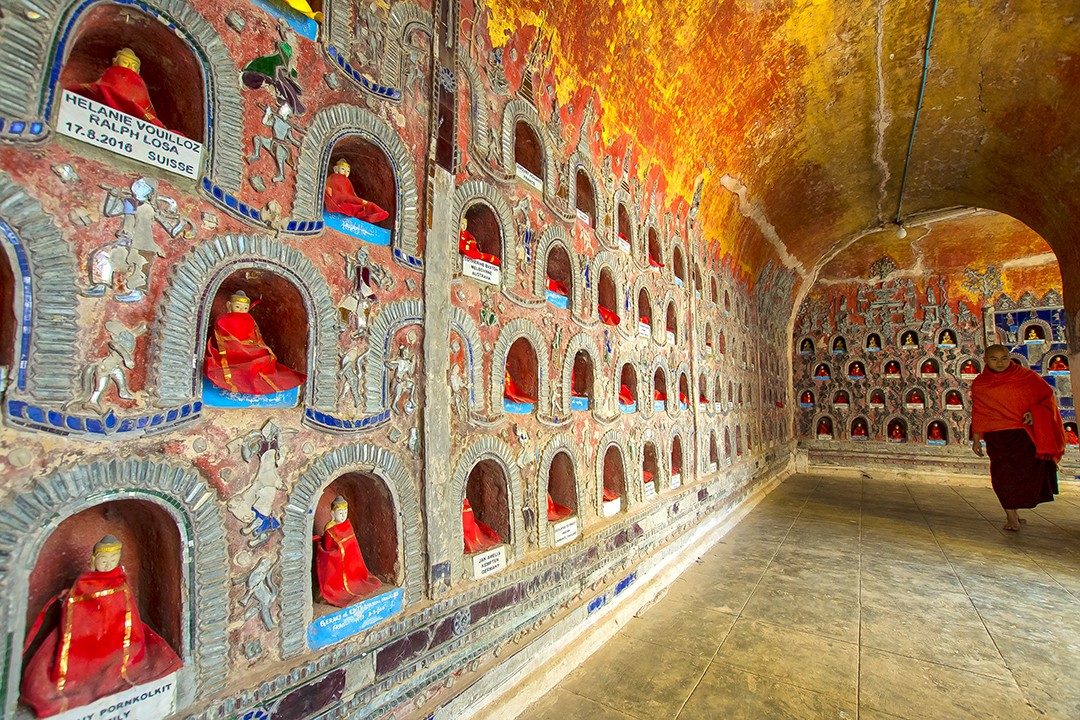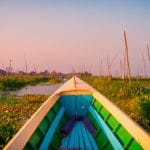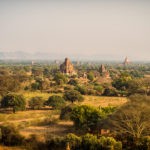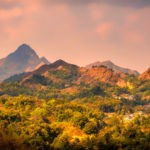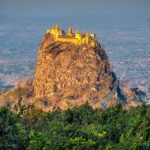We reflect on the interesting facts about Myanmar we learnt during our cycling tour through the country
As a tourist destination, Myanmar may be young, but it is rich in history and culture. After centuries of rule – under colonial powers and then an oppressive military junta – the Burmese were finally getting their country back.
Unfortunately, since 2021, a civil war has engulfed Myanmar following a military coup. As such, foreign offices have published warnings against travel to much of the country and, naturally, tourist numbers have declined again.
How long the current military regime will last is unknown. Hopefully, there will be room for the political reforms of the recent past to return but the signs are not positive.
We visited Myanmar in 2017 when tourist numbers were beginning to swell, exiles were returning from the wild and a wave of uncensored media was increasingly available to a newly optimistic population.
It proved to be a fascinating time to uncover the countless stupas of Bagan, the mythical caves of Pindaya, the picturesque mountain trails and the gentle Inle Lake with its floating gardens and myriad monasteries. Here, we reflect on the most interesting facts about Myanmar we discovered during our journey.
Interesting facts about Myanmar
1. Fishermen on Inle Lake in Myanmar are famous for fishing on one leg. The local Intha people developed an unusual technique over centuries to enable fishing and rowing at the same time. Standing allows the fishermen to see through the reeds that lie just beneath the surface in the shallow waters of the lake.
(Source: National Geographic)
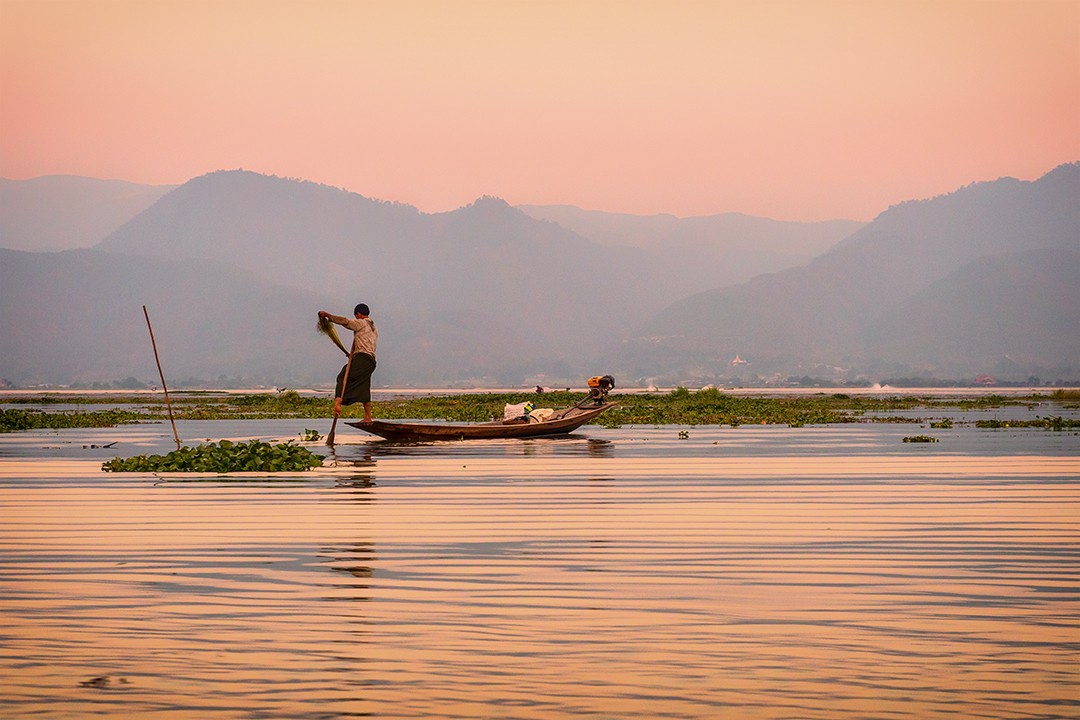
2. Myanmar was known as Burma until 1989 when the military junta renamed the country Myanmar. The capital, Rangoon, became Yangon. Several days of demonstrations followed but the name has stuck.
(Source: BBC Magazine)
3. In 2006, the capital city was moved, rebuilt and named Naypyidaw. The purpose-built city has a 20-lane highway, golf courses, fast wifi and reliable electricity. The only thing it doesn’t appear to have is people: the population is just 924,608 compared with Yangon’s 7,360,703!
(Source: The Guardian)
4. The previous capital city, Yangon (formerly Rangoon), is home to the gilded Shwedagon Paya. It is believed to enshrine eight hairs of Gautama Buddha and is one of Buddhism’s most sacred sites.
(Source: Smithsonian)
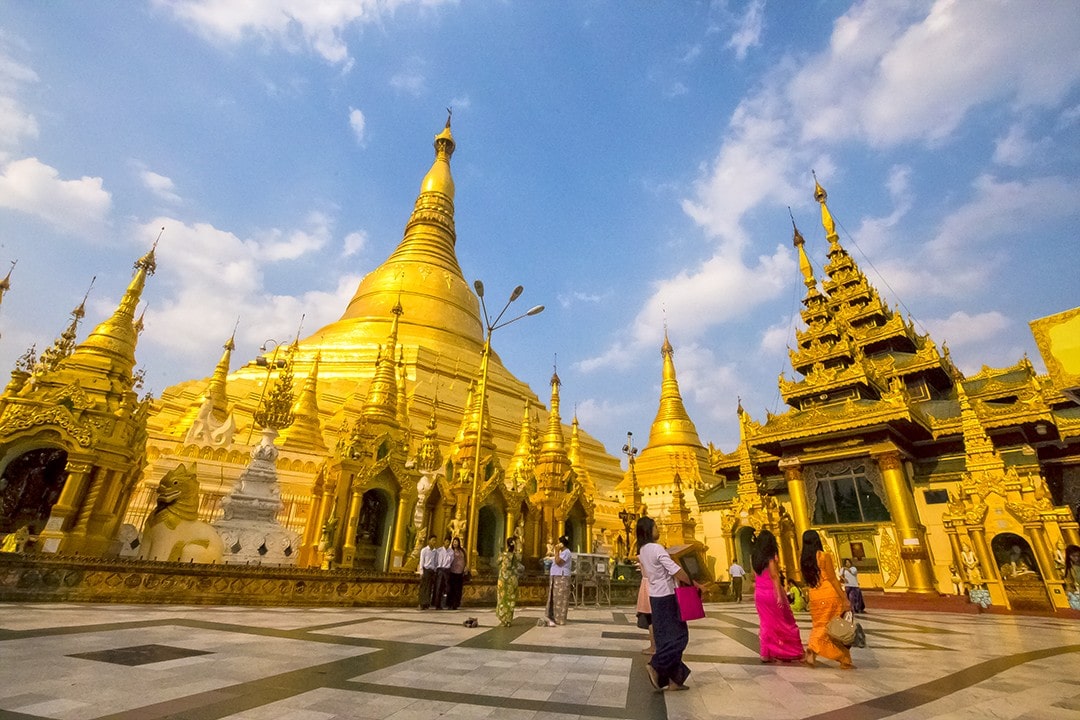
5. Myanmar was considered a pariah state while under the rule of an oppressive military junta from 1962 to 2011.
(Source: BBC News)
6. Aung San Suu Kyi, the politically charged daughter of national hero Aung San, spent a total of 15 years under house arrest between 1989 and 2011. She won the Nobel Peace Prize in 1991 for her “non-violent struggle for democracy and human rights”.
(Source: BBC News, Nobel Prize)
7. During this time, Suu Kyi and her party (the National League for Democracy or NLD) called for a tourism boycott, reasoning that the bulk of tourist dollars went straight to the generals. Her entreaty lasted until her release in late 2010. Shortly thereafter, the NLD issued a statement lifting the boycott.
(Source: Independent)
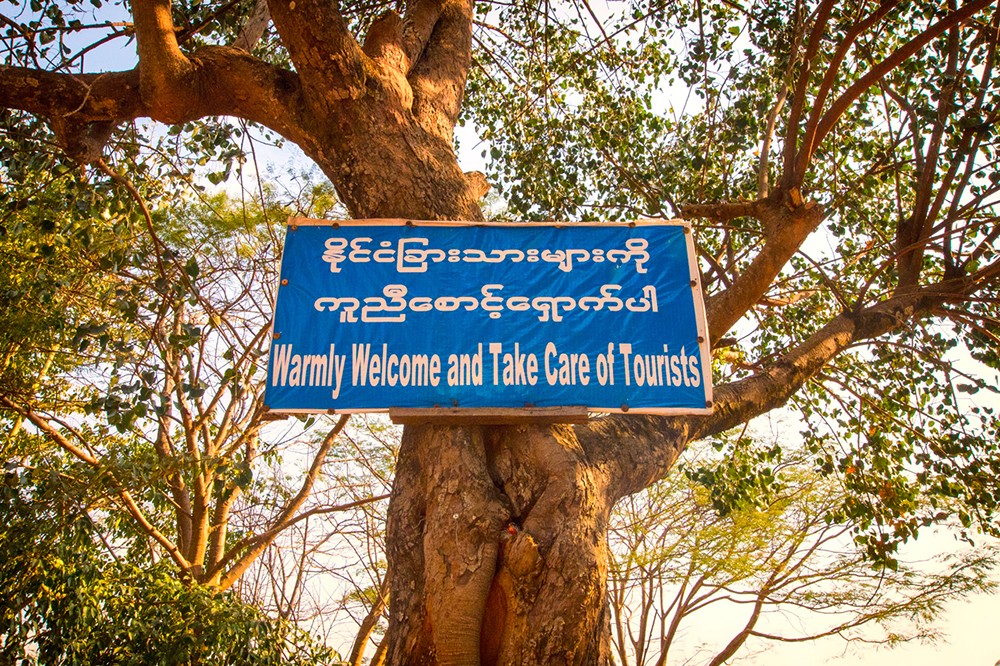
8. Finally, in November 2015, the NLD opposition party led by Aung San Suu Kyi won enough seats in parliamentary elections to form a government.
(Source: BBC News)
9. Currently, Suu Kyi and the NLD face international criticism for their handling of a crisis in the Muslim-majority Rakhine region. The country has been accused of ethnic cleansing and crimes against humanity, and there have been calls for Suu Kyi’s Nobel Peace Prize to be revoked.
(Source: The Guardian)
10. A Buddhist monastery called Taung Kalat sits atop a volcanic plug rising 737m (2,418ft) above sea level. It is located near the slopes of Mount Popa, a 1,518m (4,980ft) volcano. Volcanic plugs like Taung Kalat are formed when magma hardens within a vent of an active volcano. Today, Mount Popa and Taung Kalat are regarded as sacred sites home to 37 venerated ‘nats’ (spirits).
(Source: Rough Guides, Encyclopædia Britannica)
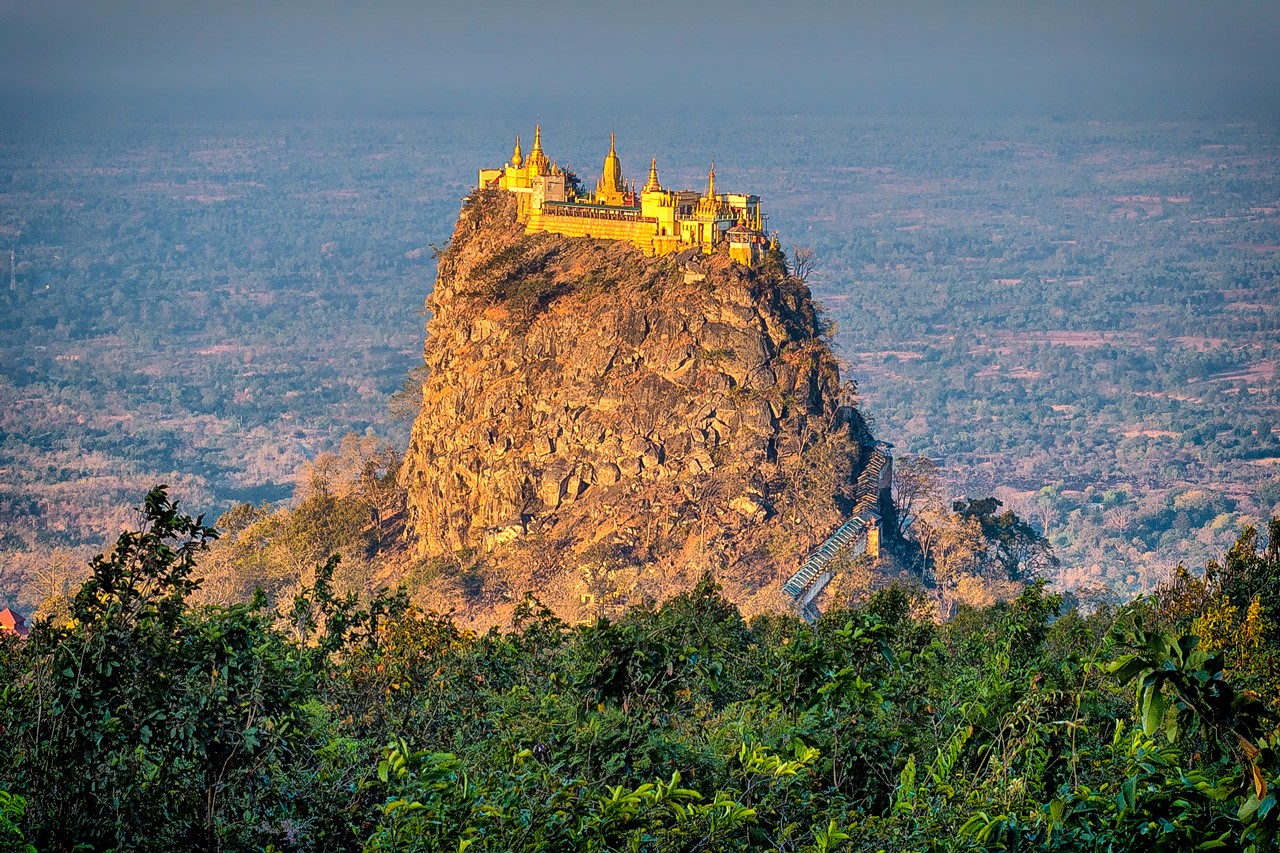
11. Women (and to a lesser extent, men) wear a yellowish paste made from ground tree bark that they apply to their cheeks, nose and neck. Known as thanaka, the paste cools the skin, prevents sun damage, clears up acne and can even reduce fevers and headaches when ingested.
(Source: New York Times)
12. In Myanmar, both men and women wear sarongs known as longyi. The patterns are distinctly different for men and women. Women’s designs are referred to as acheik and are tied differently.
(Source: Time)
13. Women of the Kayan Lahwi tribe in the Shan state are known for wearing neck rings: brass coils placed around the neck, appearing to lengthen it. The coils actually depress their collarbones rather than elongating their necks.
(Source: Independent)
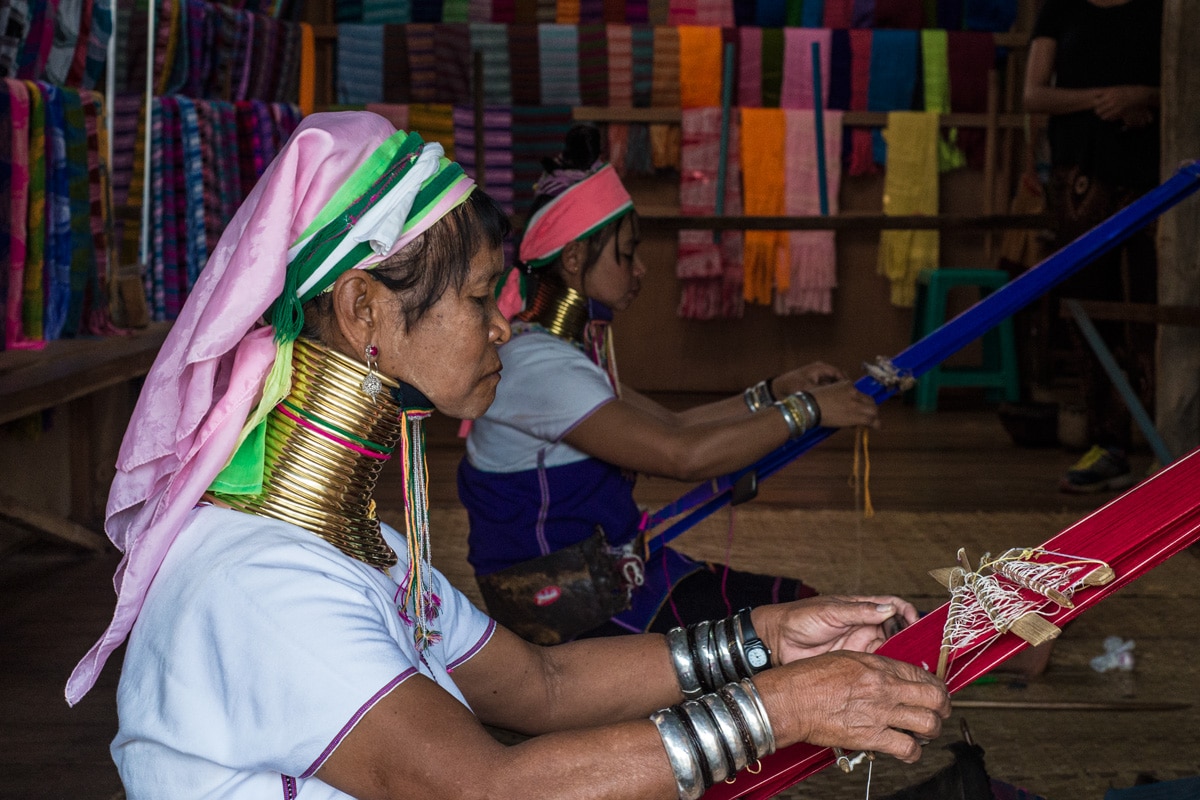
14. Burma was part of the British Empire from the mid-19th century. It was also occupied by Japan during the Second World War before gaining independence in 1948.
(Source: BBC News)
15. The writer George Orwell lived in Burma from 1922 to 1927. He served in the Indian Imperial Police. Orwell felt increasingly ashamed of his role as a colonial police officer and would later recount his experiences and reactions to imperial rule in his novel Burmese Days and in two autobiographical shorts, Shooting an Elephant and A Hanging.
(Source: Encyclopædia Britannica)
16. The Shwe U Min Natural Cave Pagoda of Pindaya is a natural cave complex filled with over 8,000 statues or ‘images’ of the Buddha. The most recent count stands at 8,094. The number continues to rise as Buddhist organisations from around the world still donate to the already bursting collection.
(Source: Lonely Planet)
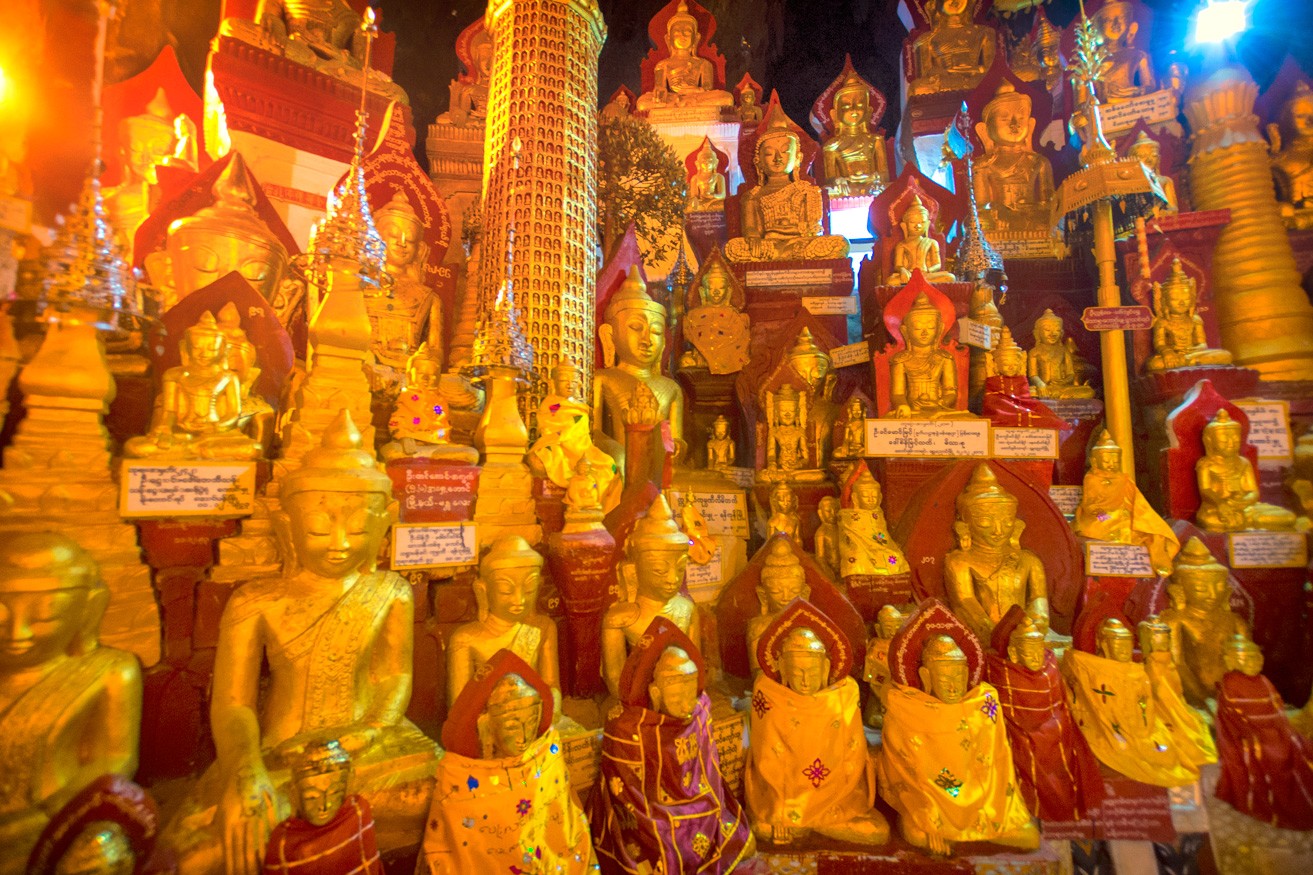
17. For decades, most cars in Myanmar have been imported from Japan where vehicles are right-hand drive. However, traffic in Myanmar also drives on the right-hand side, so vehicles should really be left-hand drive. Finally, in January 2017, right-hand drive imports were banned.
(Source: Financial Times)
18. Myanmar is home to Bagan, the world’s largest and densest concentration of Buddhist temples, pagodas, stupas and ruins. Founded in the second century AD, the kingdom once had over 10,000 Buddhist temples, pagodas and monasteries. To date, 3,595 monuments have been recorded,
(Source: UNESCO, Visit Bagan)
19. As it’s located in an active earthquake zone, Bagan has suffered many earthquakes over the ages, the most recent of which in 2016 destroyed over 400 buildings and damaged hundreds more. Today, the remains of ‘only’ 2,000 temples and pagodas can still be seen, many of which are undergoing repairs and restoration.
(Source: The Guardian)
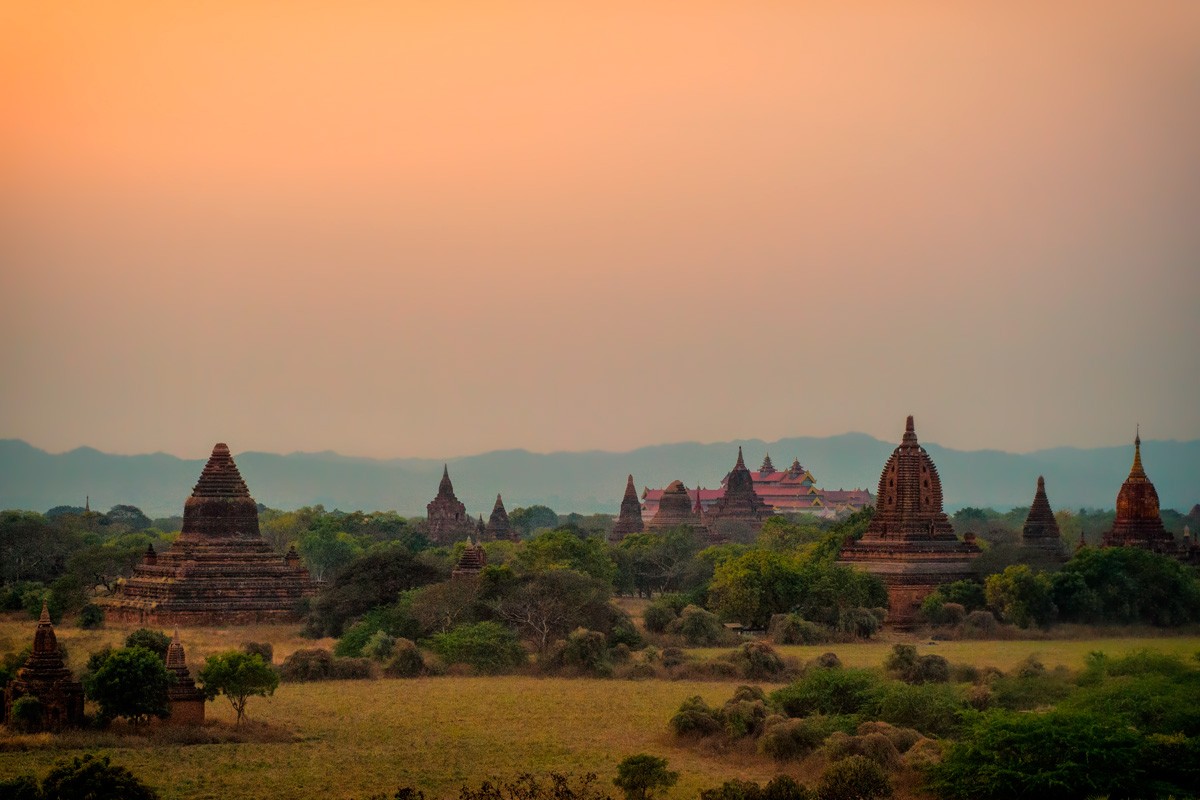
20. Myanmar is one of only three countries not to officially adopt the metric system of measurement. Liberia and the US are the other two that have not adopted the International System of Units (SI, or metric system) as their official system of weights and measures. However, recently the Myanmar government announced its intention to convert.
(Source: CNN)
21. The Intha people on Inle Lake grow vegetables on floating islands, which are a collection of floating weeds and water hyacinths. These floating garden islands can be cut, rearranged and moved by boats and even sold like pieces of land.
(Source: Lonely Planet)
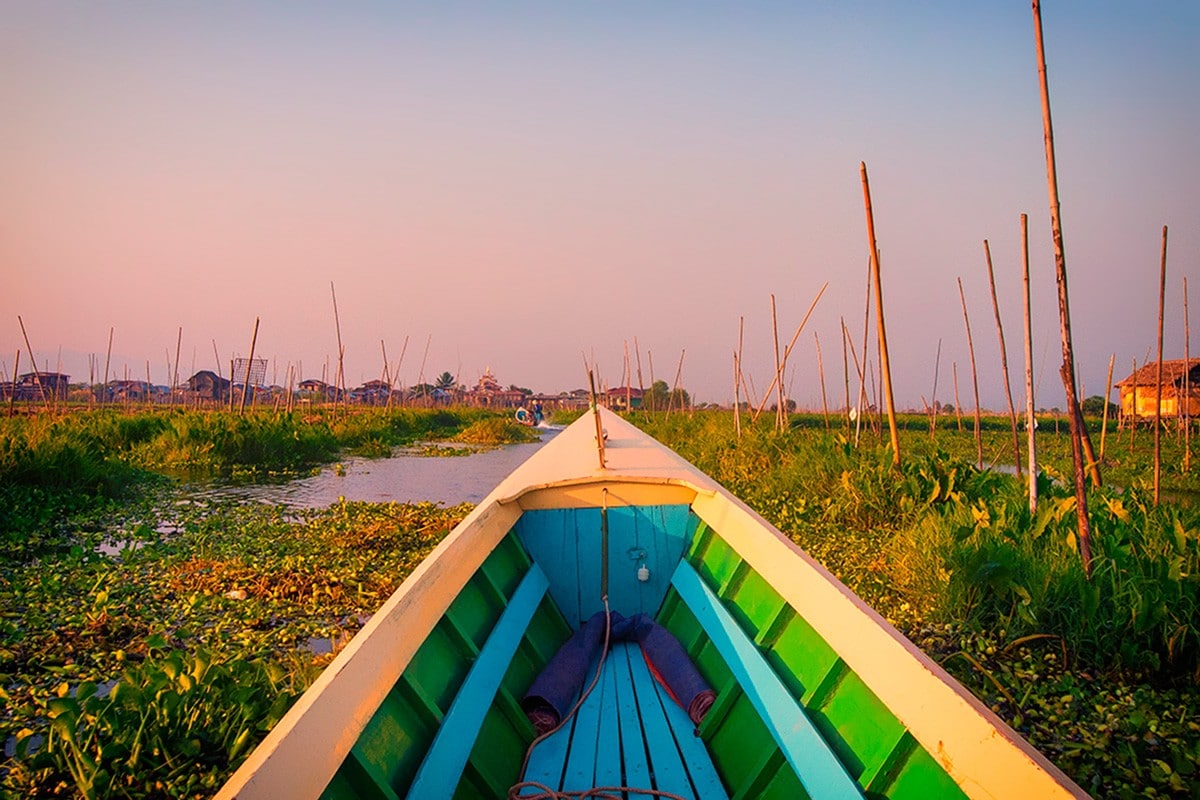
22. The Burmese chew a lot of betel quids, considered an equivalent to tea, coffee or tobacco. Betel stains the teeth and gums and causes oral cancer. Needless to say, it is a growing health concern in the region.
(Source: CNN)
23. Myanmar’s flag is made up of three equal stripes of yellow, green and red with a white star in the centre. Yellow represents unity, green represents fertility, conformity, fairness and peace and red represents bravery and decisiveness. The white star represents purity.
(Source: Moira Butterfield (2019) The Flag Book. Lonely Planet Kids: London)
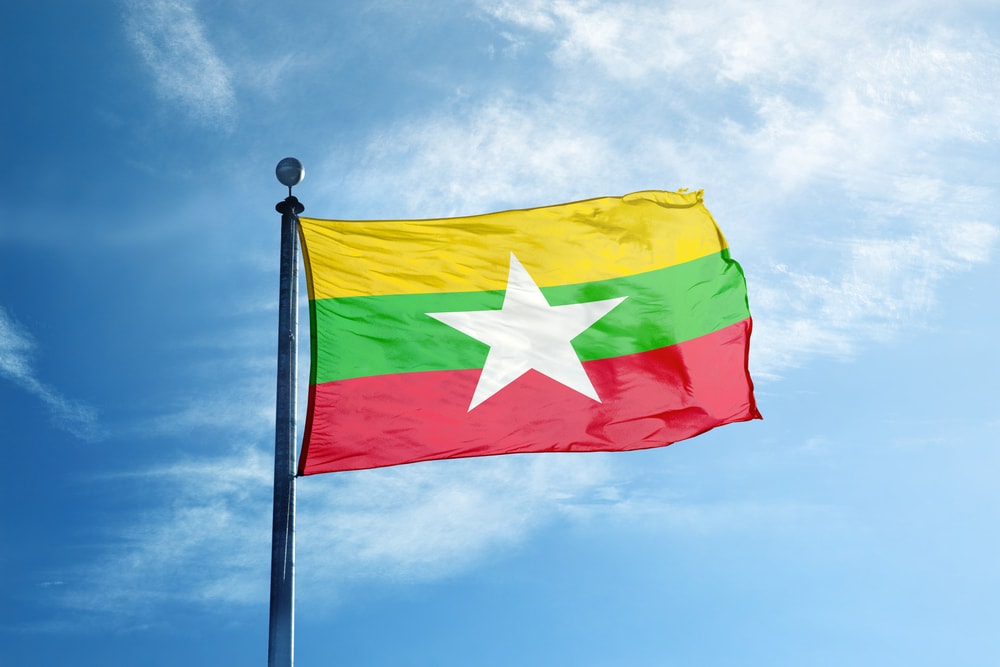
If you would like to learn a few more interesting facts about Myanmar before your visit, we recommend Lonely Planet Myanmar.
